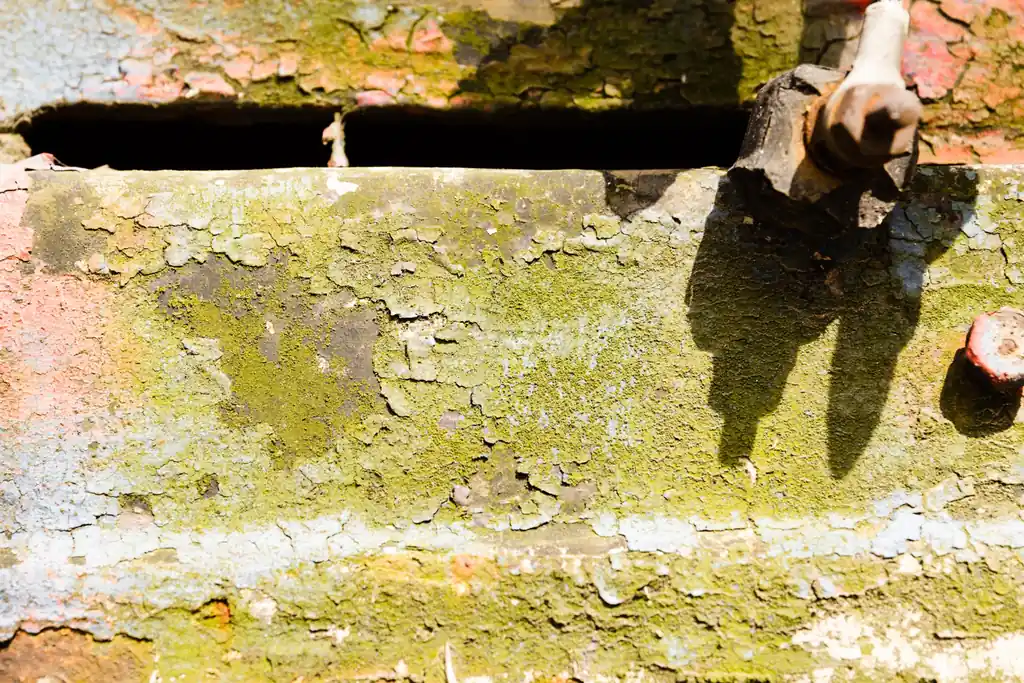Asbestos, once a highly valued material for insulation and fireproofing, has turned into a severe public health issue due to its association with life-threatening illnesses such as mesothelioma and lung cancer. Despite federal and state regulations, asbestos still poses risks in Ohio, where enforcement, reduction, and public awareness efforts sometimes fall short, allowing exposure to persist in unexpected places.
What’s the Best Asbestos Testing Practice?
The best asbestos testing practice involves thorough and systematic sampling, using accredited methods to detect asbestos fibers accurately. Professional inspectors typically collect samples from various locations, especially where asbestos is most likely present, such as insulation, flooring, and roofing materials.
Polarized Light Microscopy (PLM) and Transmission Electron Microscopy (TEM) are the most reliable laboratory methods for analyzing these samples. Air quality tests may also be conducted to detect airborne asbestos fibers, ensuring a comprehensive assessment.
For safety and accuracy, it is crucial that testing is performed by certified asbestos professionals who follow regulatory guidelines to minimize exposure risks and provide clear, actionable results.
Why did Ohio Regulatory Requirements change?
Ohio’s regulatory requirements have changed due to evolving industry needs, technological advancements, and a growing emphasis on public safety and environmental protection. These changes ensure that businesses and organizations operating within the state comply with updated standards that reflect current best practices.
Factors such as federal regulatory alignment, increased scrutiny on specific industries, and the need for transparency in operations have also driven the amendments. By updating these regulations, Ohio seeks to foster a more competitive business environment while safeguarding the interests of consumers, employees, and natural resources.
Once Positive for Asbestos Can Now Be Negative?
Advancements in asbestos detection and remediation have made it possible for environments once deemed positive for asbestos to be classified as negative. Improved testing methods, such as more sensitive air quality assessments and precise material sampling, enable more accurate identification of asbestos presence.
Additionally, thorough asbestos abatement procedures involve safely removing or encapsulating the hazardous material, allowing previously contaminated areas to become safe. As a result, buildings or sites that once posed health risks due to asbestos can now be deemed free of this danger after successful remediation, ensuring compliance with modern safety standards.
OSHA Objects to Composite Asbestos Testing:
OSHA (Occupational Safety and Health Administration) has raised objections to composite asbestos testing due to concerns over its accuracy and potential to underestimate asbestos exposure risks. Composite testing involves combining multiple samples into one for analysis, which can dilute the concentration of asbestos fibers and result in false negatives.

OSHA argues that this method may fail to detect localized contamination, leading to insufficient protective measures for workers and the public. Instead, the agency advocates for more precise, individual sample testing to ensure comprehensive identification of asbestos hazards, safeguarding health and regulatory compliance.
Conclusion:
The issues surrounding asbestos in Ohio highlight a critical need for heightened awareness, rigorous testing practices, and stringent regulatory enforcement. Asbestos poses significant health risks, necessitating professionals to adhere to the best testing methods and comply with updated regulations.
The evolving landscape of asbestos detection and remediation offers hope, allowing previously hazardous environments to be deemed safe. However, the objections raised by OSHA regarding composite testing underscore the importance of precise methodologies in identifying asbestos risks.
To protect public health and ensure safety, Ohio must remain vigilant in addressing asbestos exposure, fostering compliance, and implementing effective abatement strategies.
FaQ:
What are the rules about asbestos in Ohio?
Ohio has rules to handle asbestos safely, including removing and disposing of it. However, how well these rules are followed can vary, so staying informed is important.
Where is asbestos commonly found in Ohio?
Asbestos is often found in older buildings, especially those built before the 1980s. This includes places like schools, factories, and older homes.
What should I do if I think there’s asbestos in my home?
If you think you have asbestos, don’t touch it. Contact a licensed expert to check it out and suggest next steps.
How can I find a good asbestos removal company in Ohio?
Look for companies that the Ohio Department of Health licenses. Check reviews and ask for recommendations to ensure they follow safety rules.
What are the dangers of asbestos exposure?
Breathing in asbestos can cause serious health problems, like lung cancer and other diseases. The risks increase with long-term exposure, especially in jobs with asbestos.
Request a Free Quote
Connect with Us for More Free Quote
Email: info@aiohomeservices.com
Phone Number: +1 714-600-1480
Address : 2011 Hout Rd, Mansfield, OH 44905, United States

Dr. William Pitman is a leading researcher and one of the foremost experts in asbestos testing and removal. With decades of experience in environmental science and public health, Dr. Pitman has dedicated his career to ensuring safe and effective asbestos abatement practices. His groundbreaking research has set industry standards for asbestos testing methodologies, helping to protect countless individuals from hazardous exposure. A sought-after consultant and speaker, Dr. Pitman combines scientific precision with practical expertise, making him a trusted authority in his field.
